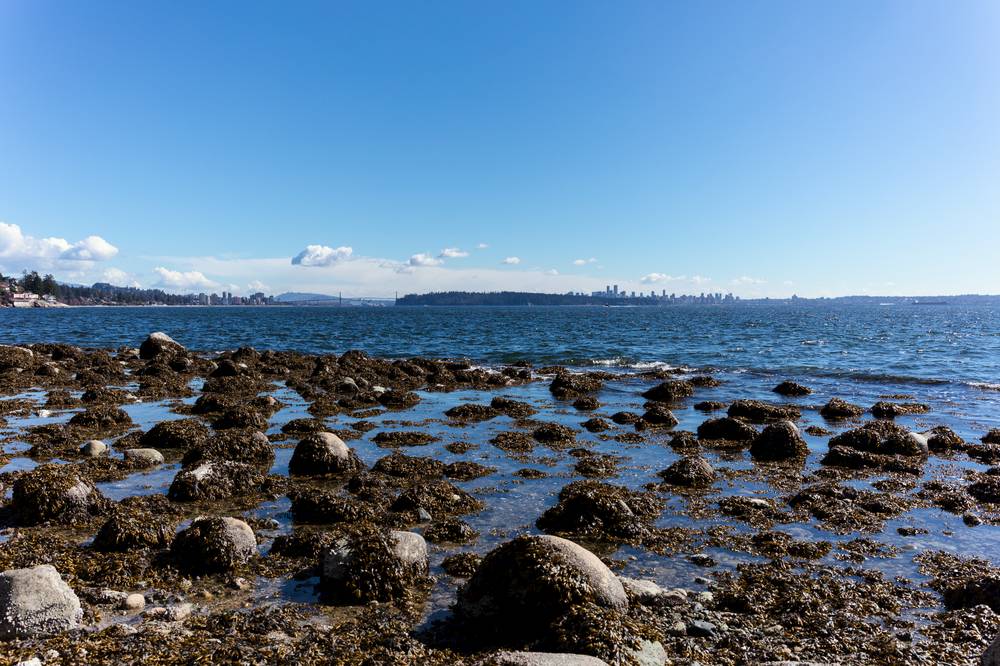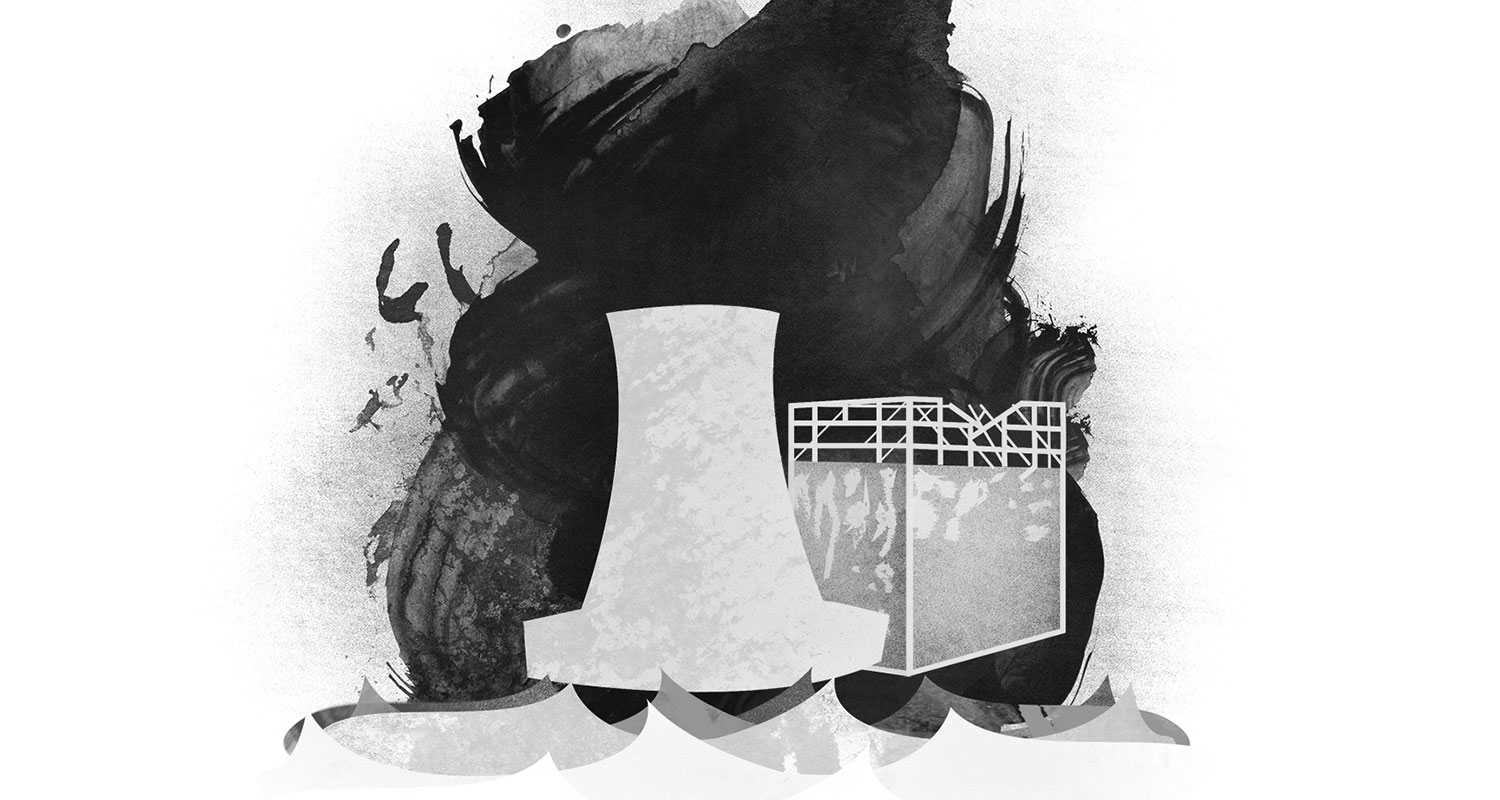Chemical oceanographer. Aspiring astronaut. Family man. Dr Jay Cullen of the University of Victoria is affable and articulate and is passionate about his work. He has also received death threats.
Through public forums and media interviews, Dr Cullen has become the Canadian face of research that is determining how radiation from the 2011 Fukushima nuclear disaster travelled across the Pacific Ocean. He and his colleagues published their latest findings in the September 2017 issue of Environmental Science & Technology, and concluded that the radiation threat to the BC coast is negligible.
Following one of the strongest earthquakes ever recorded, the Fukushima disaster in Japan involved the largest unplanned release of radiation into the oceans. Tsunami waves reached BC within hours, and tsunami debris arrived throughout the years afterward, prompting prolonged fears about contaminated food and water.

To allay public health concerns, Dr Cullen started the Integrated Fukushima Ocean Radionuclide Monitoring (InFORM) network in 2014 to gather samples and report results as data became available. Scientists and health experts from Canada and the United States, and citizen scientists who live along the BC coast, participate in InFORM. The network will continue its monitoring efforts until 2019.
Not long after the first results were posted, the backlash started. A 2015 article in The Globe and Mail describes how Dr Cullen became the target of personal and vitriolic online attacks. His critics refused to believe the low radiation levels—either the science had to be wrong or he had an agenda.
“Initially it was just shocking how individuals who have never met you can have such an acute hate for you,” Dr Cullen laments. “I strive to be very diplomatic, and I think of myself as a relatively good communicator when it comes to science.” He says he has now learned that certain people will always have strong opinions, even in the absence of objective evidence.
Scientists researching contentious subjects often become the focus of hate campaigns. A notable example is Dr Michael Mann, a climatologist at Pennsylvania State University. He had published the famed hockey stick graph showing rapidly rising global temperatures during the twentieth century that likely reflected the rise in human-made greenhouse gas emissions. According to The Guardian in 2012, Dr Mann had faced sustained harassment by climate change skeptics.
Despite such hostilities, scientists like Dr Cullen are compelled to continue with their work. “For every bad comment you get,” he says of his own experience, “there’s probably hundreds or thousands of people who appreciate the efforts of our whole team and respect the work that’s been done, and use the information as it was intended.”
A March 2018 study published in the Canadian Journal of Chemistry by a different research group confirms Dr Cullen’s findings of negligible radiation on the BC coast.











